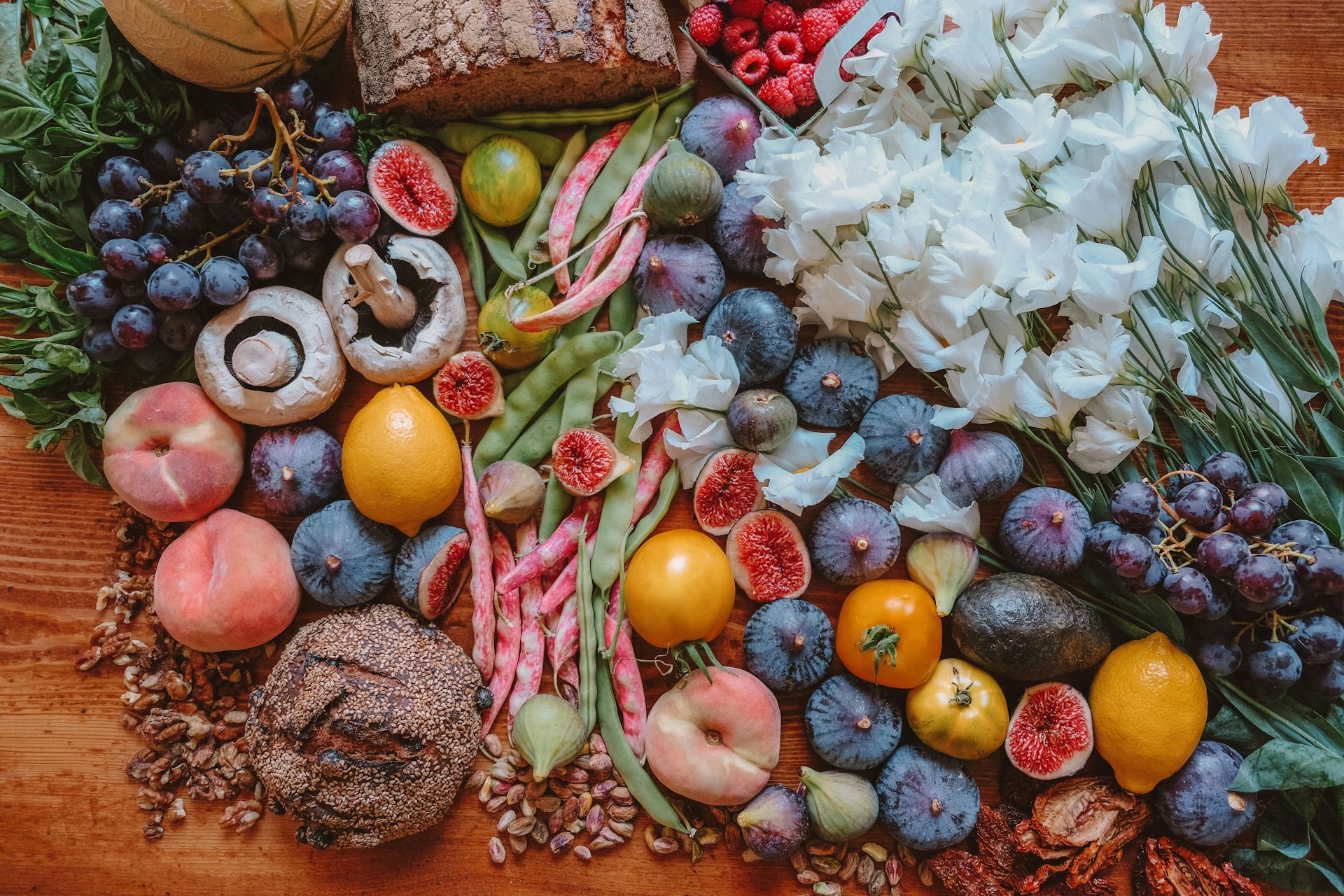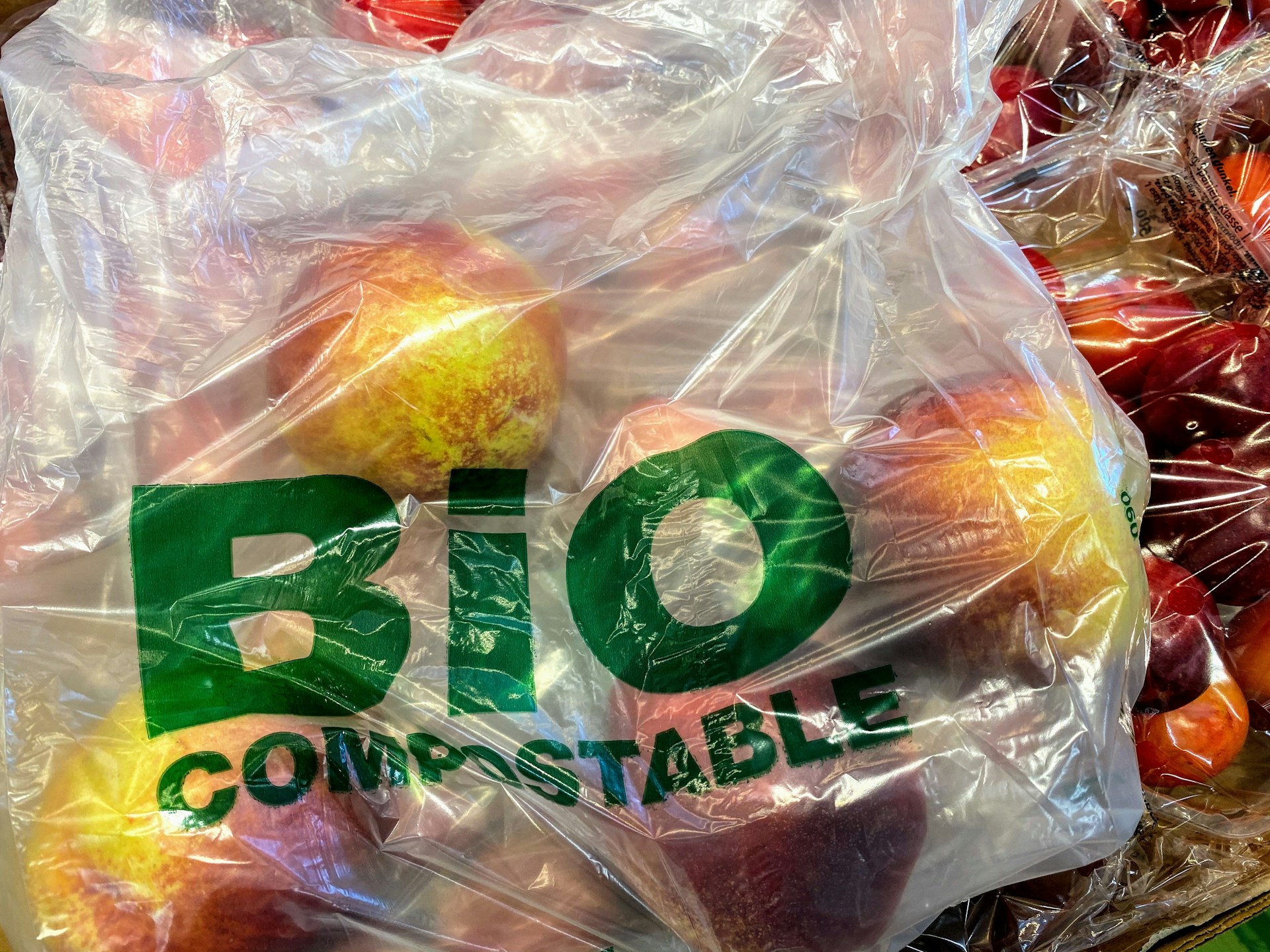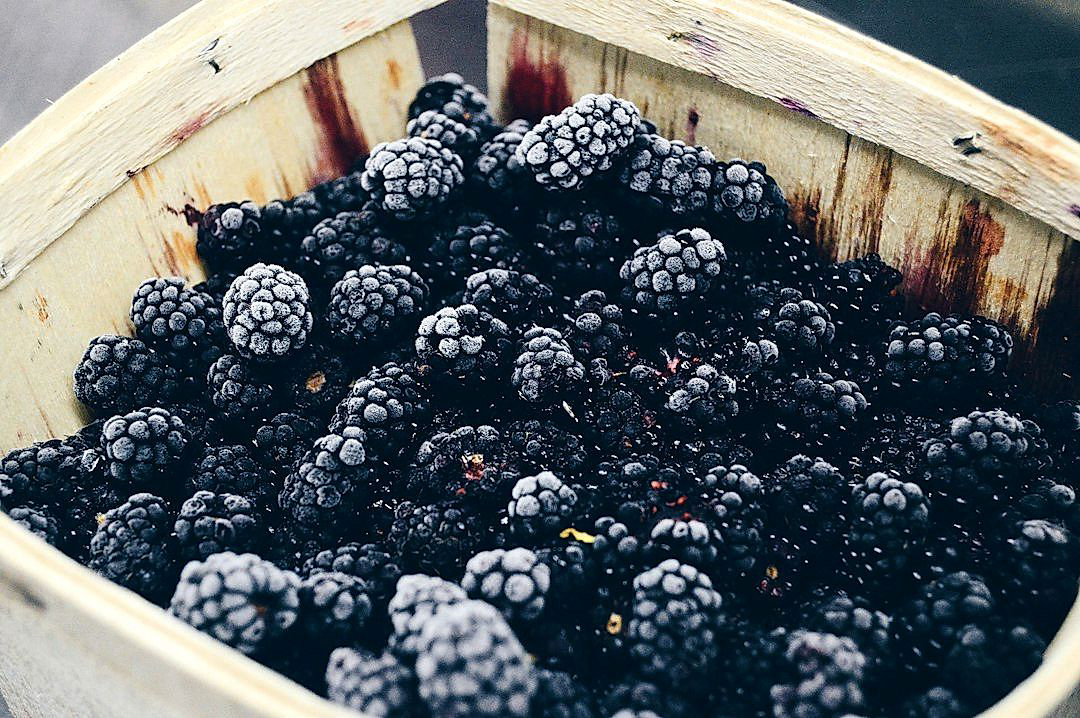The global concern for waste management has sparked numerous innovations on different fronts.
One particular area garnering significant attention is the realm of produce packaging.
Every year, millions of tons of packaging waste are generated, causing severe environmental impact.
To combat this growing issue, companies across the globe are stepping up with creative solutions.
In fact, the redesigning and reinventing of packaging methods are proving instrumental in reducing waste.
This continuous effort underscores the global commitment towards more sustainable practices in the packaging industry.
Contents
Innovations Reducing Waste In Produce Packaging
1. Biodegradable packaging from plant-based materials
The agricultural sector is witnessing a significant revolution due to the introduction of biodegradable packaging made from plant-based materials.
These novel packaging solutions, unlike traditional plastic packaging, do not contribute to landfill waste, instead, they decompose naturally once discarded.
Noteworthy about this plant-based, biodegradable packaging is its potential to drastically reduce the environmental footprint of the food industry.
This environmentally-friendly approach is a breath of fresh air in the world of conventional packaging which has long been associated with notable environmental problems.
What’s more, biodegradable packaging solutions are created from renewable resources, namely plants, which makes them a sustainable choice for various agricultural practices.
One striking aspect of plant-based packaging materials is their versatility.
From corn and wheat straws to mushroom roots, a myriad of plant materials can be used to fabricate these eco-friendly packages.
Being made from natural sources, these biodegradable packaging solutions present a non-toxic and safe option when in contact with different kinds of produce.
Another advantage of this kind of packaging is that they are compostable.
This means they can be broken down in a composting setting, further reducing waste and giving way to soil-rich compost that can be used to nourish plants.
Companies across the globe are putting significant effort into improving the quality of these plant-based packages by making them more durable and leak-resistant.
While these eco-friendly packaging solutions have a slightly higher cost compared to conventional plastic packaging, their benefits to the environment and the long-term sustainability of the planet make them a worthy investment.
This is not just a trend but a clear indication that the packaging industry is ready to take serious strides towards a future where sustainability is rightfully embedded in all practices.
The continuous innovation in this domain opens up exciting possibilities for further reduction of waste in the agricultural sector, ultimately transforming our relationship with produce packaging.
In the face of the pressing need to mitigate climate change, biodegradable plant-based packaging represents a big leap forward- a perfect blend of innovation, ecologically sound approach, and proactive waste reduction strategy.
2. Reusable Crate Programs for Shipment
One of the most promising innovations reducing waste in the realm of produce packaging comes in the form of reusable crate programs for shipment.
These programs significantly minimize the amount of single-use packaging materials, thereby drastically lowering waste output.
They function by offering a system where crates, used for the shipment of produce, can be returned and reused multiple times.
A bold step towards sustainability, reusable crate programs for shipment are not only beneficial for the environment but are also advantageous for the businesses utilising them.
This encourages a more efficient use of resources, and contributes to sustainability efforts in the supply chain.
Moreover, such programs have the potential to improve overall product quality, since these crates are often made to be more durable and protective than traditional packaging.
It is worth noting that these crates are typically made from materials like plastic or recycled wood, which can sustain a higher rate of reuse compared to cardboard boxes.
This not only extends their usability but also indirectly reduces the demand for raw materials required for new packaging.
A key component to the success of these programs is the way they are typically structured to incentivize return of the crates.
Retailers may receive a refund or a discount on their next shipment when they return used crates, creating a practical and economical solution that rewards the reduction of waste.
Furthermore, the increase in digital tracking technologies has made it easier to keep track of these reusable crates, ensuring they are returned and reused efficiently.
This closed-loop system not only fosters a culture of reusability and recycling, but also helps to educate consumers about the impact of their purchase and disposal choices.
While the upfront costs of implementing such a program may be higher, the long-term environmental and economic benefits can be significant.
This innovative approach to reduce waste in produce packaging represents a significant stride towards a more sustainable and responsible agri-food supply chain.
The growing acceptance and implementation of these programs across the industry reflects a positive shift in the way we perceive and manage waste in produce packaging.
3. Edible and Compostable Packaging Innovations
Novel innovations in the packaging industry have led to the creation of edible and compostable packaging solutions.
These innovative methods of packaging are scientifically designed to be consumed or decompose, reducing waste left behind by conventional packaging.
One such edible packaging solution is produced by Evoware, a company that has created seaweed-based packaging.
Their products can be eaten along with the food they enclose, or if not consumed, they dissolve in hot water.
This dissolving feature allows Evoware’s packaging to naturally decompose, reducing its potential footprint in waste management.
Another interesting innovation in edible packaging is ‘Scoby’ by MakeGrowLab.
Scoby is a bacteria and yeast culture that can be molded into various packaging formats.
This packaging, if not consumed, is completely compostable, thus leaving no waste.
On the compostable side, companies like Eco-Products offer food service packaging that entirely decomposes in commercial compost facilities.
Their containers, cups, and cutlery are made from renewable resources and post-consumer recycled content.
Apart from these, some companies are experimenting with mushroom mycelium to create compostable packaging.
These types of packaging made from mycelium decompose in the garden within a few weeks.
In view of the serious environmental challenges posed by non-biodegradable packaging, such edible and compostable packaging innovations are significant.
They represent a positive evolution in the packaging sector aiming to drastically reduce waste.
These innovations are not just environmentally sustainable, but they also create a more circular economy system where waste becomes a resource again.
The Bottom Line
In the face of growing environmental concerns, embracing eco-friendly practices has become a necessity rather than a choice.
This article comprehensively discusses the tremendous potential that sustainable packaging practices hold for both businesses and consumers.
Biodegradable packaging derived from plant-based materials signify a promising avenue that can substitute harmful plastic containers and reduce landfill waste significantly.
Similarly, reusable crate programs for shipment highlight a resource-efficient strategy that can drastically cut down on the production of single-use packaging materials.
Furthermore, inventive solutions like edible and compostable packaging elevate the concept of sustainability to unexplored heights.
It is unambiguous that integrating these eco-friendly solutions will not only aid in safeguarding our environment, but will also foster a culture of sustainable living and create a lasting positive impact.




